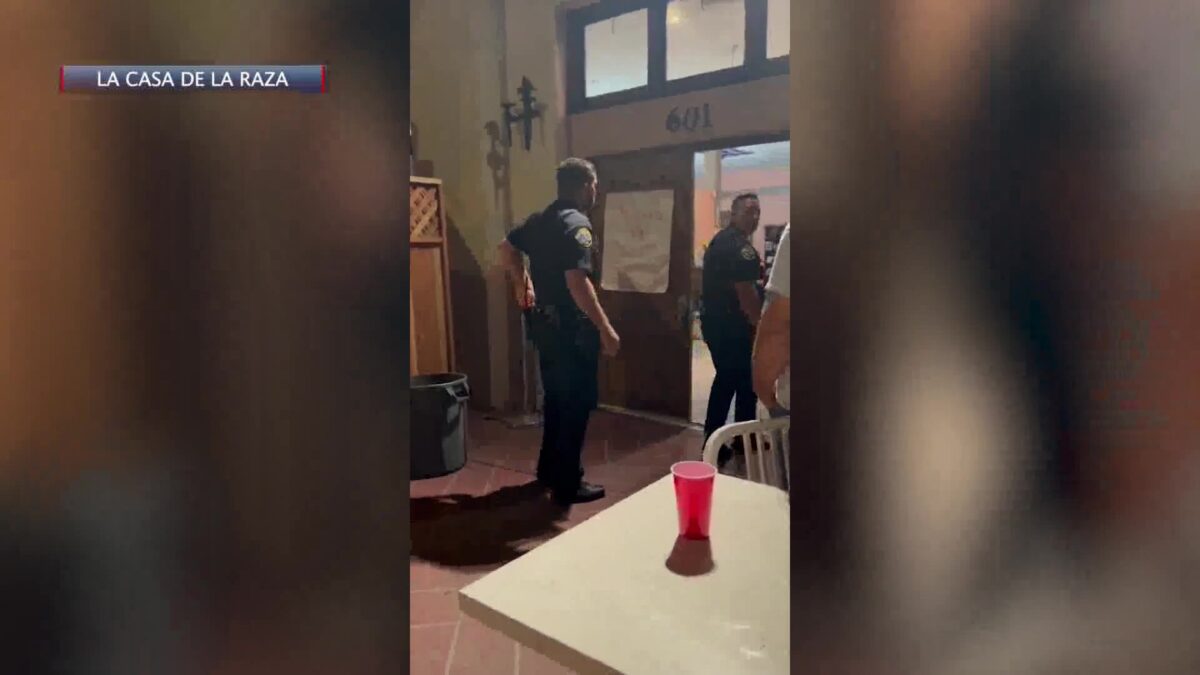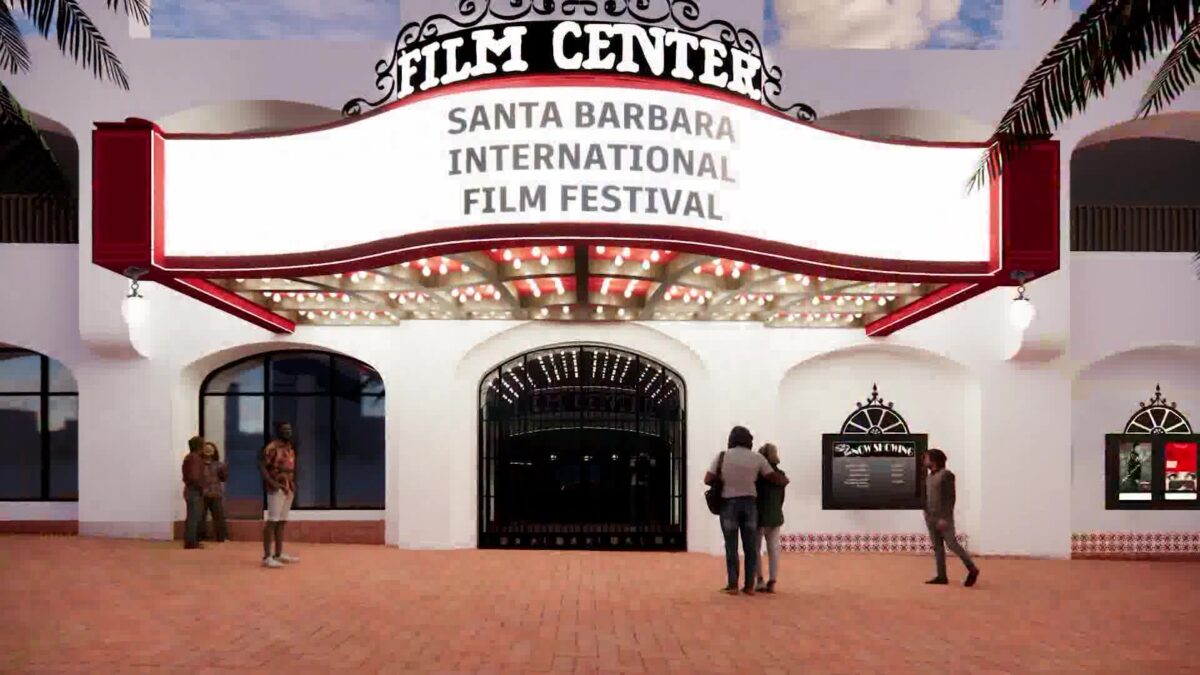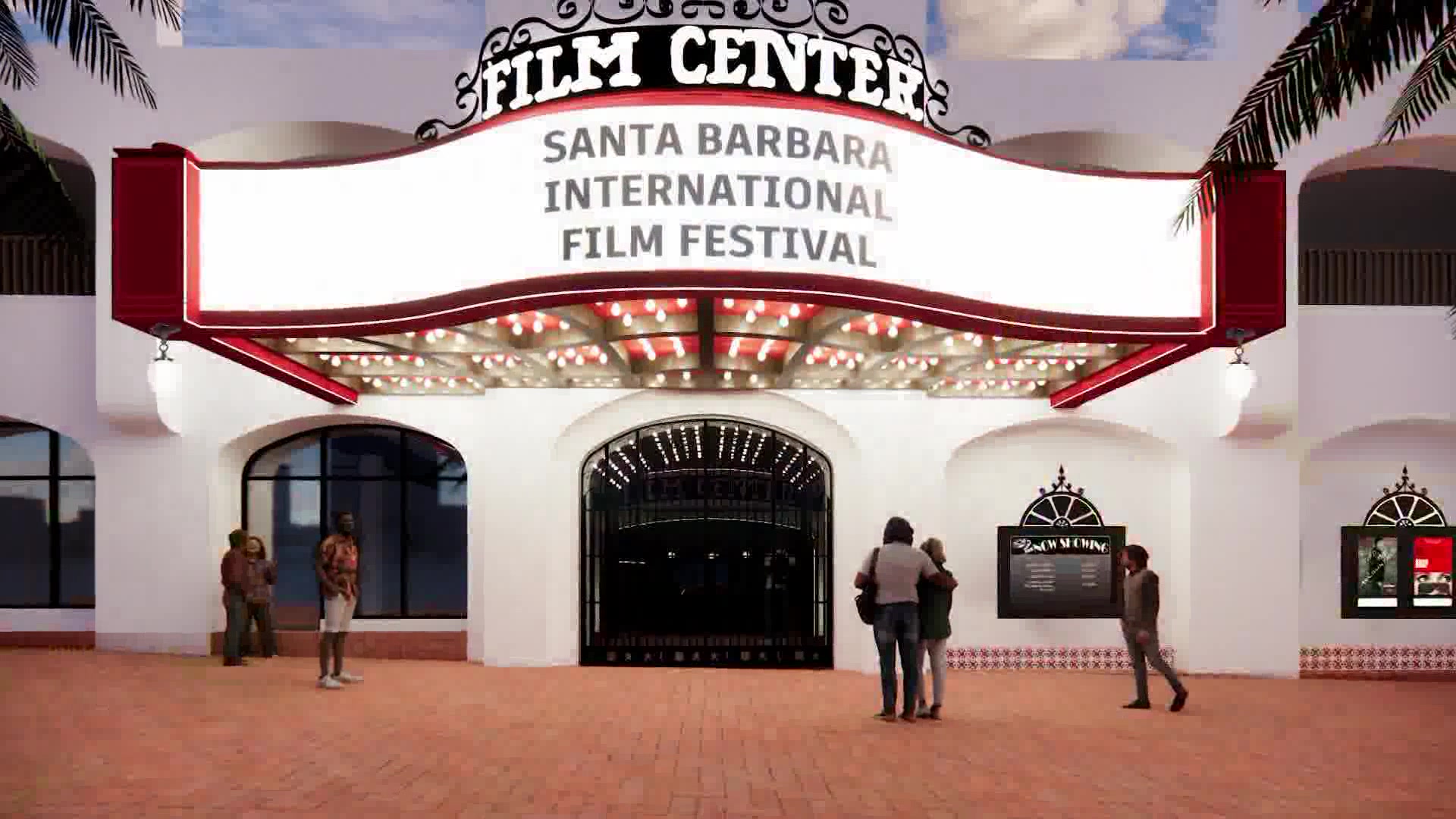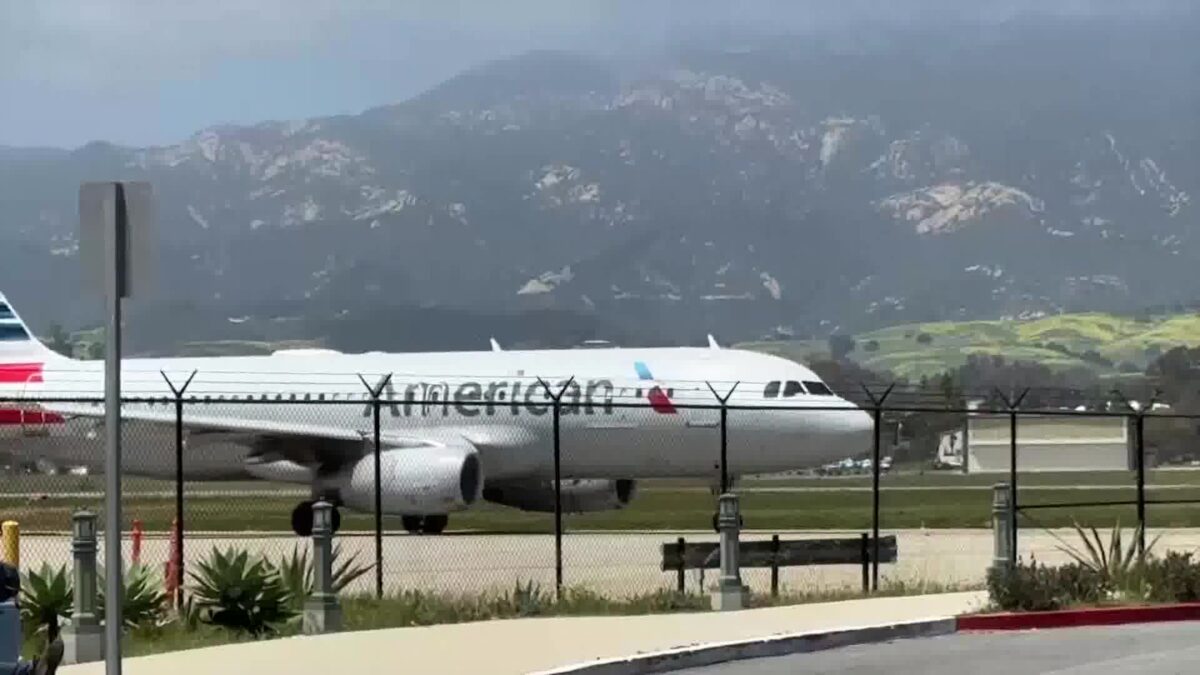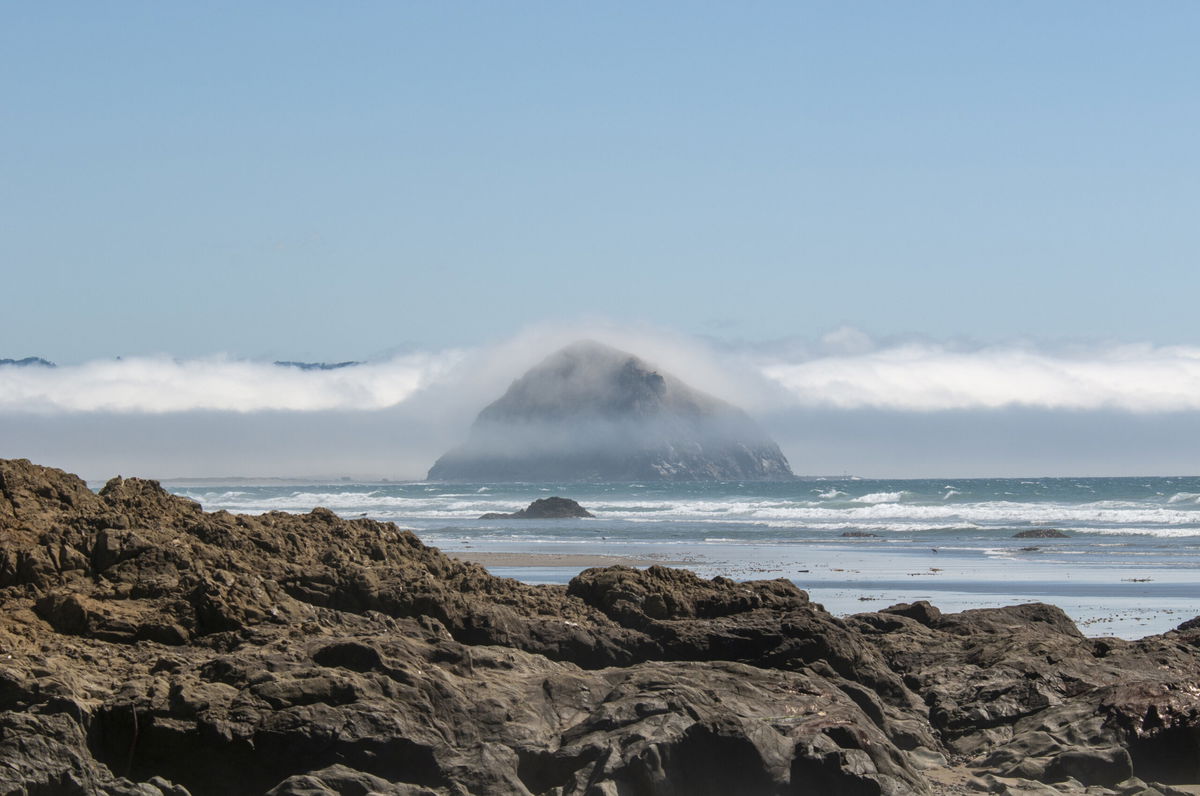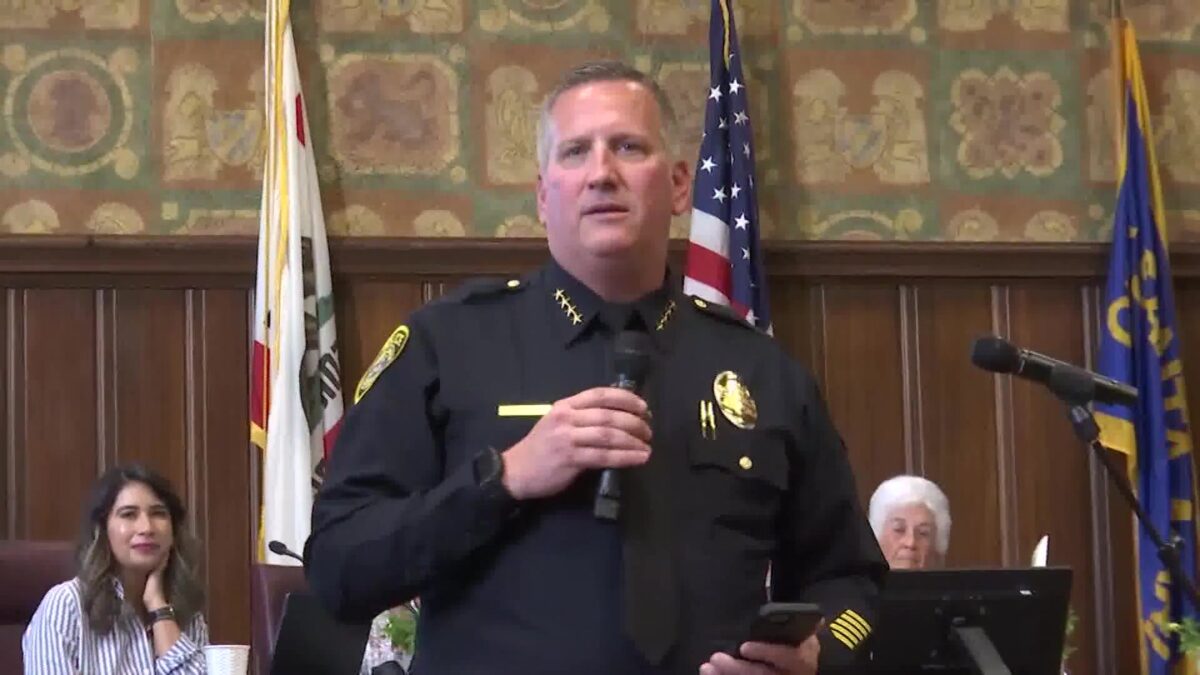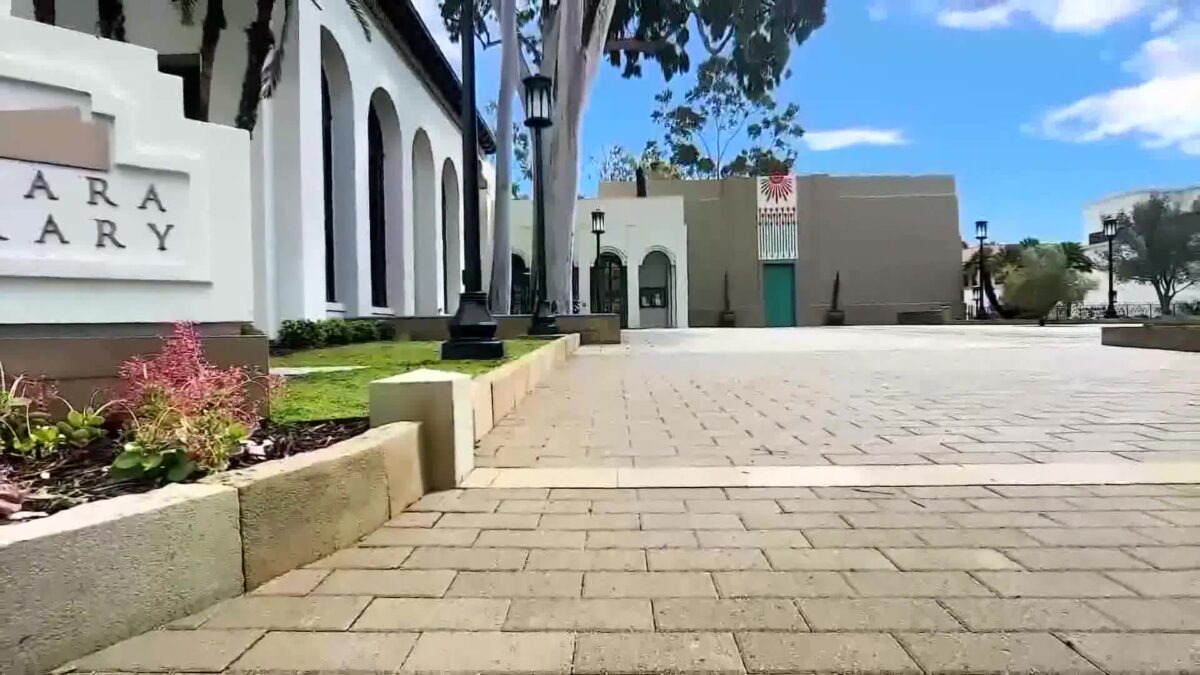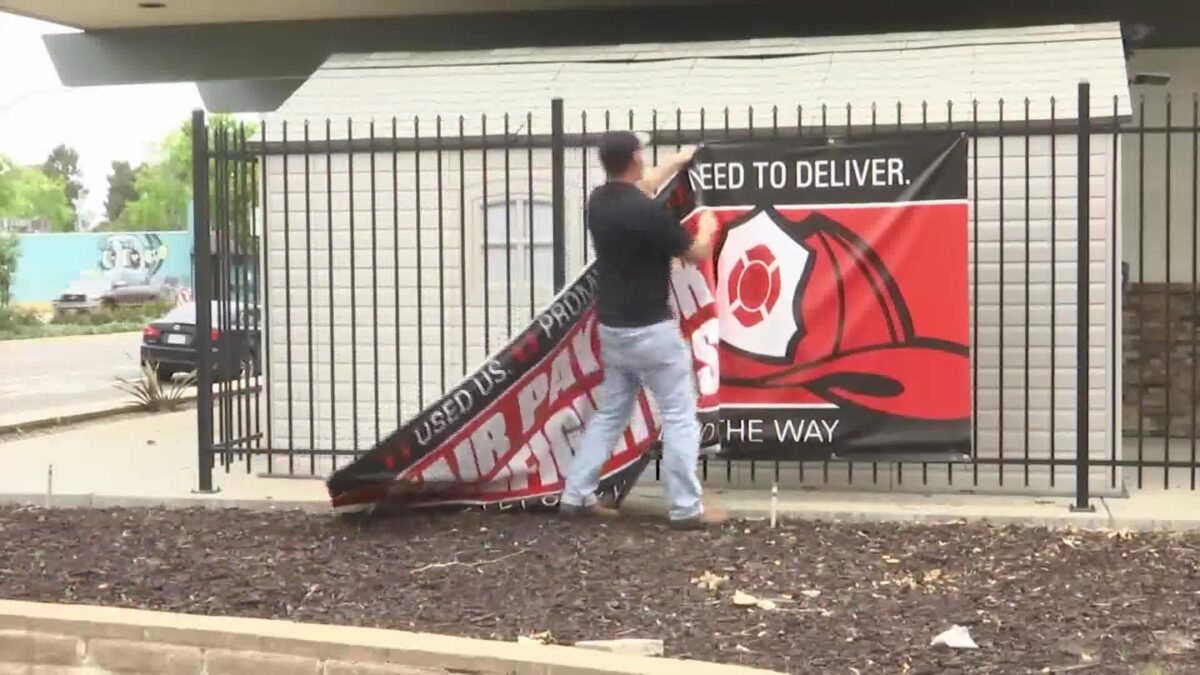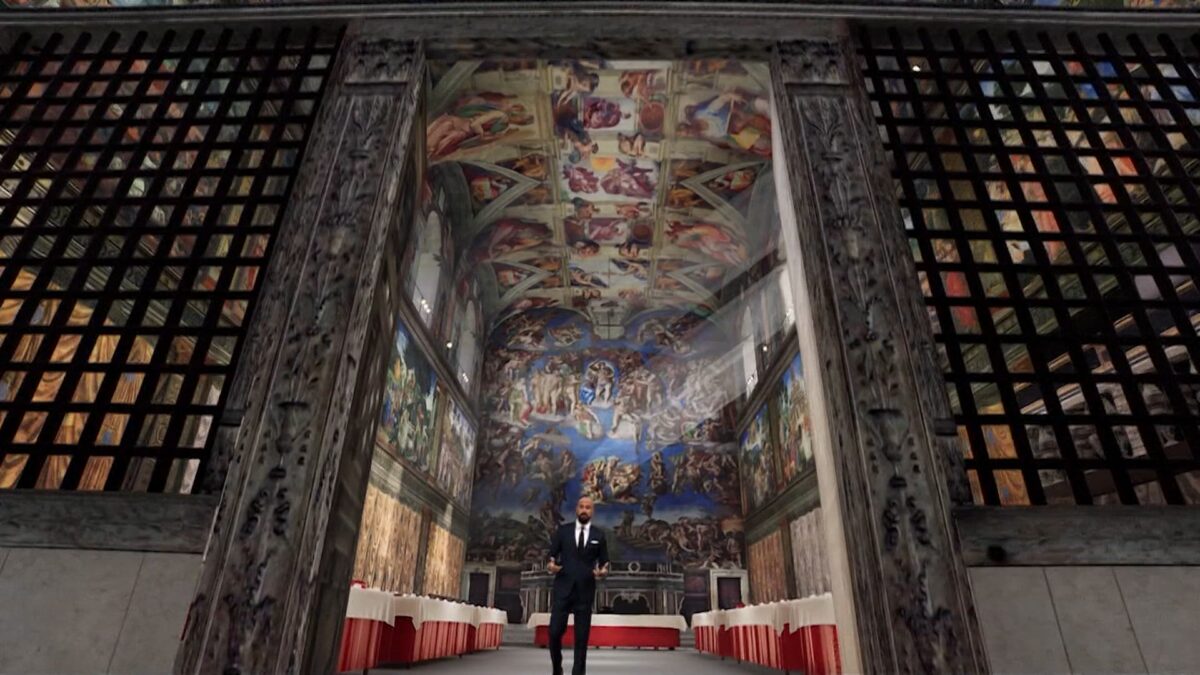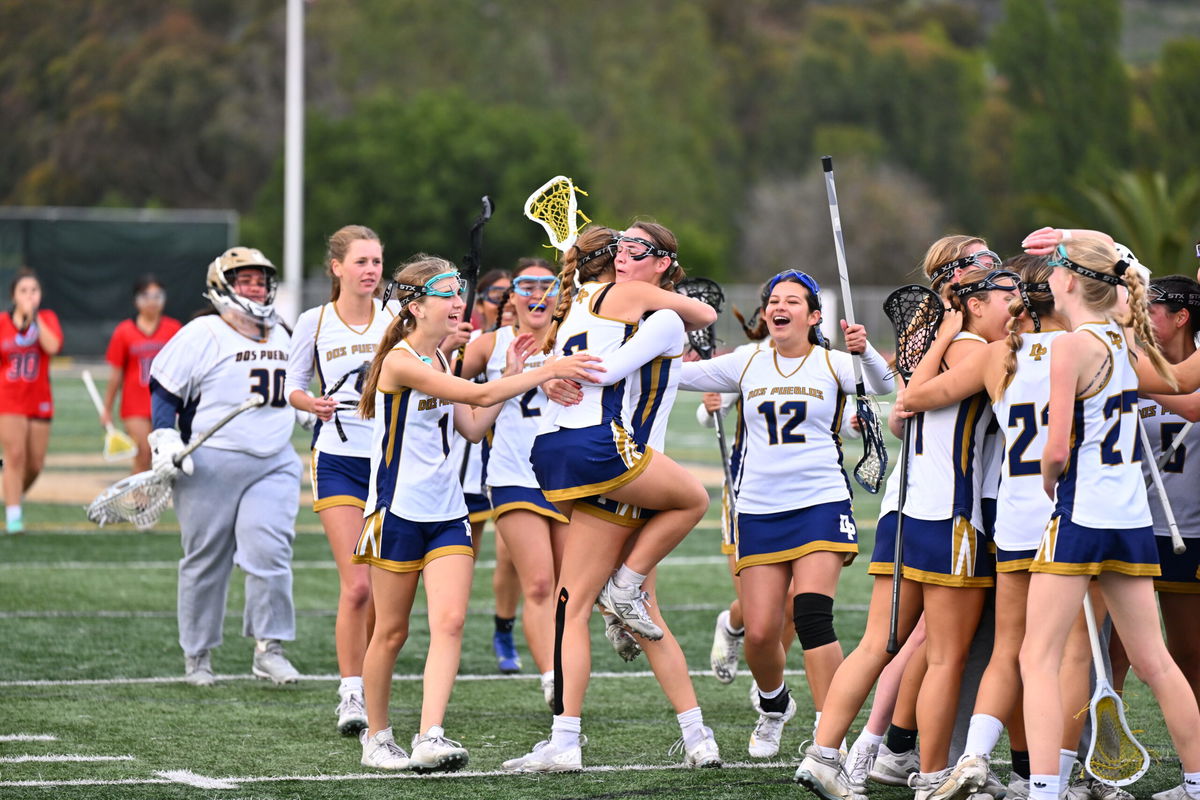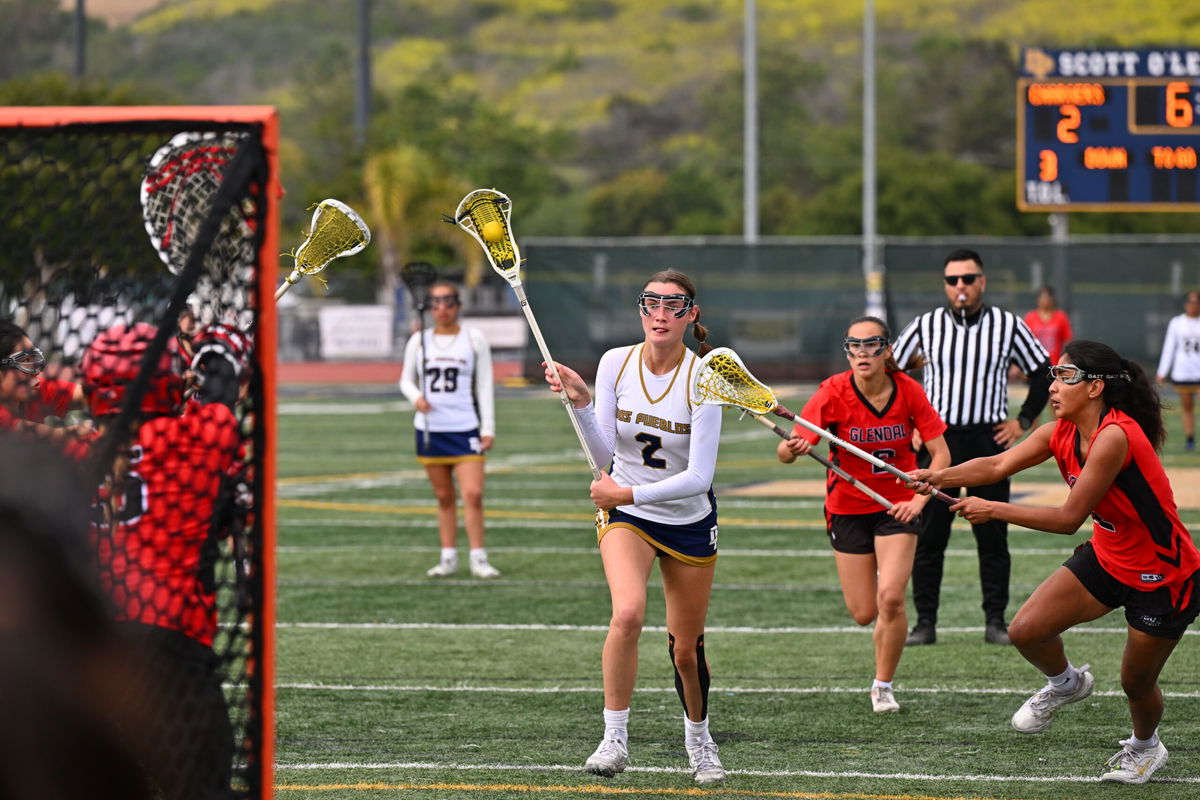KTVZ
As the Catholic Church prepares to elect its next spiritual leader, here’s a detailed look at the centuries-old ritual of the papal conclave, an event marked by history, secrecy, and sacred tradition.
WATCH: Vatican Media’s LIVE coverage of the 2025 Papal Conclave
The 2025 Papal Conclave
The Vatican officially announced the papal conclave to elect a new pope begins on Wednesday, May 7, 2025, following the death of Pope Francis. The election takes place in the Sistine Chapel, the Renaissance masterpiece nestled within Vatican City.
This solemn gathering of cardinals, who are some of the highest-ranking leaders in the Roman Catholic Church, represents one of the most sacred and confidential events in the religious world. While rooted in tradition, the conclave also serves as a critical moment of discernment, shaping the future direction of a faith followed by over 1.3 billion Catholics worldwide.
What Is a Papal Conclave?
The word “conclave” comes from the Latin cum clave, meaning “with a key.” The term reflects the practice of locking the cardinal electors inside a secluded space, now the Sistine Chapel, until they reach agreement on who will become the next pope. The Church has used the conclave process for over 700 years, with modern rules codified by recent popes, most recently Pope John Paul II and Pope Benedict XVI.
The conclave is not only about casting votes; it is a spiritual event, grounded in prayer and carried out with elaborate ceremony. Once the conclave begins, all participants are sworn to absolute secrecy, forbidden from communicating with the outside world in any form.
Who Participates in the Conclave?
According to the U.S. Conference of Catholic Bishops, only cardinals under the age of 80 at the time the papacy becomes vacant are eligible to vote.
These electors, typically around 120, travel to Rome from across the globe. They are a diverse group, representing the universal nature of the Church. Although any baptized male Catholic is eligible for election, in practice, the new pope is almost always chosen from among the cardinals.
The Pre-Conclave Meetings
Before the conclave officially begins, cardinals attend a series of general congregations, formal meetings where they reflect on the state of the Church, hear reports, and discuss what kind of leader is needed.
These discussions are private, but they often help shape consensus around potential candidates, known informally as papabili, those considered likely to become pope.
During this period, logistical preparations are finalized, and the Sistine Chapel is inspected and secured. Specialized staff ensures that electronic jamming and counter-surveillance measures are in place to preserve the integrity of the conclave.
Oath of Secrecy
Once the conclave officially begins, the cardinals process into the Sistine Chapel, chanting hymns as they pass under Michelangelo’s famous fresco of the Last Judgment. Upon entering, each elector takes an oath of secrecy, pledging not to disclose anything that occurs within the conclave under pain of automatic excommunication.
After the doors close, they are locked from the outside, and the chapel becomes the cardinals’ exclusive space for discernment and voting.
The Voting Process
Each day of the conclave includes two voting sessions in the morning and two in the afternoon, with time for prayer and informal discussions between.
Here’s how a vote works:
Each cardinal writes his choice on a paper ballot marked with the Latin phrase “Eligo in Summum Pontificem” (“I elect as Supreme Pontiff”).
Ballots are folded and placed into a chalice, then deposited into a receptacle atop the altar.
Three cardinals designated as “scrutineers” count the votes aloud.
If no one receives a two-thirds majority, the process repeats.
Ballots from each session are burned in a special stove inside the chapel.
To let the world know what’s happening, smoke rises from the chapel’s chimney:
Black smoke (fumata nera) means no decision has been reached.
White smoke (fumata bianca) signals that a new pope has been elected.
Election and Acceptance
When a candidate receives the required number of votes, the dean of the College of Cardinals formally asks: “Do you accept your canonical election as Supreme Pontiff?” If the chosen cardinal accepts, he is then asked what papal name he wishes to take.
The new pope is led to the nearby Room of Tears, where he dresses in white papal vestments prepared in various sizes. The room gets its name from the emotion often experienced at that moment – grief, awe, or humility, as the weight of responsibility settles in.
Public Announcement: “Habemus Papam”
Once dressed, the new pope is introduced to the world from the central balcony of St. Peter’s Basilica.
A senior cardinal steps forward and proclaims: “Habemus Papam!” (“We have a pope!”), followed by the pope’s birth name and chosen papal name.
Moments later, the new pope offers his first Urbi et Orbi blessing – “to the city and to the world” – a tradition that stretches back centuries.
Why the Conclave Still Matters
In an age of technology and transparency, the conclave remains a powerful symbol of mystery, unity, and sacred duty. It is deliberately designed to prevent political lobbying, media pressure, or factionalism. It reminds the world and the faithful, that leadership in the Church is not merely elected; it is discerned through prayer and tradition.
With over 1.3 billion Catholics worldwide, the choice of pope has spiritual, cultural, and even geopolitical consequences. The 2025 conclave brings together cardinals from more than 70 countries, many of whom were appointed by Pope Francis himself, possibly shaping a continuation of his pastoral, globally minded legacy.
Click here to follow the original article.
